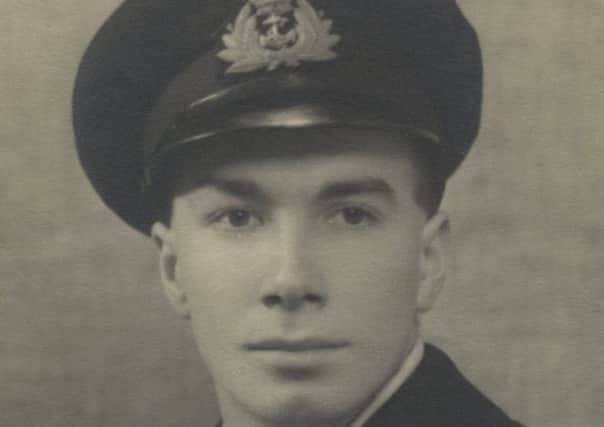Obituary: John MN Johnstone OBE, local government negotiator


John Johnstone made a notable contribution to Scottish local government, establishing new national machinery for negotiating pay and conditions of service in the 1970s and helping to create a constructive climate of industrial relations against the norms of the day.
John revelled in his education at Gillsland Park Primary School in Edinburgh before moving to George Watson’s Boys College in 1932. He left in 1938, with his Higher certificates and the geography prize. His love of the subject was to shape significant parts of life, in World War Two and in later travel around the world.
Advertisement
Hide AdAdvertisement
Hide AdHe joined the City Chamberlain’s department of Edinburgh Corporation (now City Council) in January 1939 as a trainee. War intervened and after a year of part-time study at Edinburgh University, he entered the Royal Navy in September 1941.
He undertook seaman training and served initially on the aircraft carrier, HMS Illustrious. He saw action at the taking of Madagascar from the Vichy French government and off Ceylon (Sri Lanka) against the Japanese.
He obtained his commission in April 1943, specialising in anti-submarine and minesweeping techniques. His first ship escorted coastal convoys through the Channel until after D-Day and later carried out minesweeping duties in the North Sea. In 1945-46 as a Lieutenant RNVR, he commanded a mine-clearing vessel, HMS St Barbe, operating out of Dover.
Returning to Edinburgh and the corporation, and resuming his studies, he graduated Bachelor of Commerce (BCom) in 1947 and qualified as an accountant in 1953. He gained experience in several branches of local government finance, becoming a Depute City Chamberlain in 1961. As his remit included the personnel management function he was asked in 1965 to take on, part-time, the role of secretary to national negotiating bodies covering administrative and manual staff in local authorities and subsequently those relating to teachers. He also advised new joint boards for River Forth purification and the Forth Road Bridge on finance and personnel matters.
In the 1960s, local authorities and the Secretary of State for Scotland saw the need to examine the management of local government and staff training and John was appointed as secretary to the joint committee set up for this purpose. The 1968 report was very influential, not least in informing practice in the new authorities formed in 1975.
At this point the Employers’ Secretariat he headed became a fully fledged organisation, combining the bodies which covered 250,000 Scottish local authority employees, leaving only firemen and police under UK pay arrangements.
John was closely involved in many significant pay and personnel developments during his time in this role.
The 1960s saw a drive for greater productivity and the introduction of various incentive schemes.
Advertisement
Hide AdAdvertisement
Hide AdThe national government increasingly pursued UK-wide pay restraint, making negotiations in public services particularly difficult.
A valiant effort was made in the 1970s to ensure greater fairness in pay levels across sectors and occupations, notably through comparability studies. Despite the challenges, negotiators produced tolerable agreements for both employers and employees, and avoided further industrial relations issues.
It proved possible to change the outdated and complex pay structure for Scottish teachers and set out their conditions of service more clearly – action envied in England and Wales where teachers were deprived by the government of effective negotiating machinery.
John’s contribution to the modernisation of negotiating systems and pay structures in Scotland was recognised by the award of the OBE in 1985, and in the following year, he retired.
He had a happy home life. In August 1947, he married Isobyl Wright, whom he had met in the City Chamberlain’s department. Their son Derrick was born in 1954.
John and Isobyl travelled to many parts of the world, visiting most continents. They were both strong supporters of St Columba’s Hospice, helping to raise funds through the Art Friends.
There, John was known as “the Stamp Man”, raising several thousand pounds by sifting used stamps and identifying those which could be sold at auction.
He also used to steer the barges of the Seagull Trust on the Union Canal, running trips for disabled and elderly people.
Advertisement
Hide AdAdvertisement
Hide AdHe enjoyed photography, golf and sailing, and loved to walk. The Pentlands and Braids were favourites, and in his eighties he had memorable excursions up Goat Fell and into the heart of Torridon.
John is remembered as a gentle man, proud of his Scottishness, with eclectic and profound general knowledge, a strong concern for fairness and a fine sense of humour.
Predeceased by Isobyl in 2002, he is survived by son, Derrick. He was devoted to his step-grandchildren, Jacqueline and Louisa and baby step great-granddaughter, Leonie.